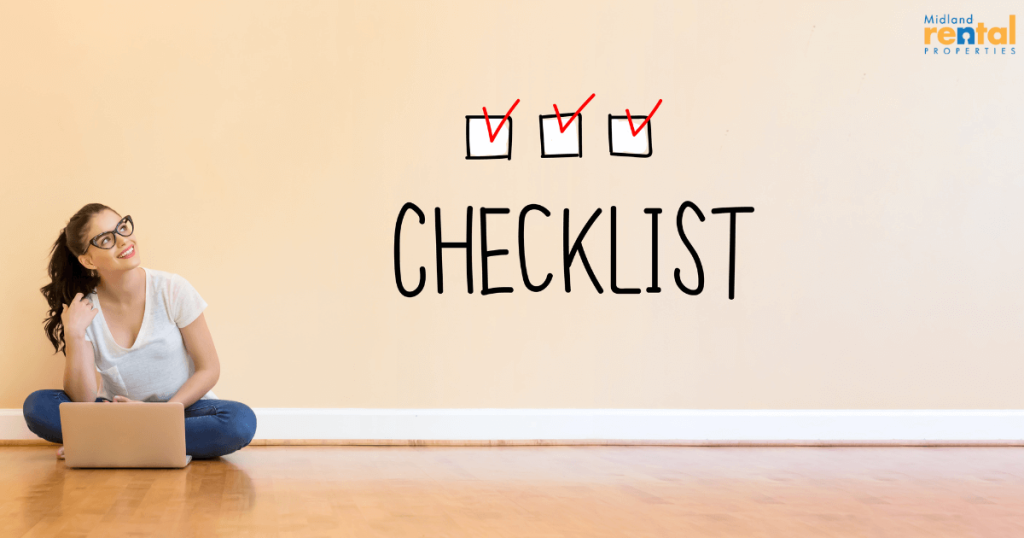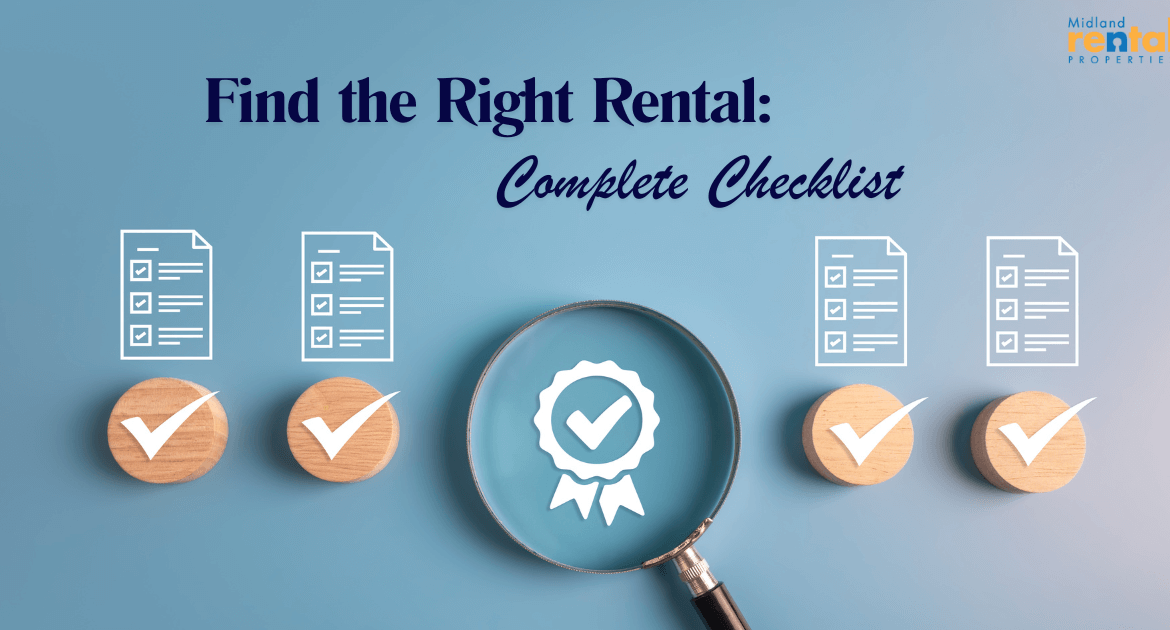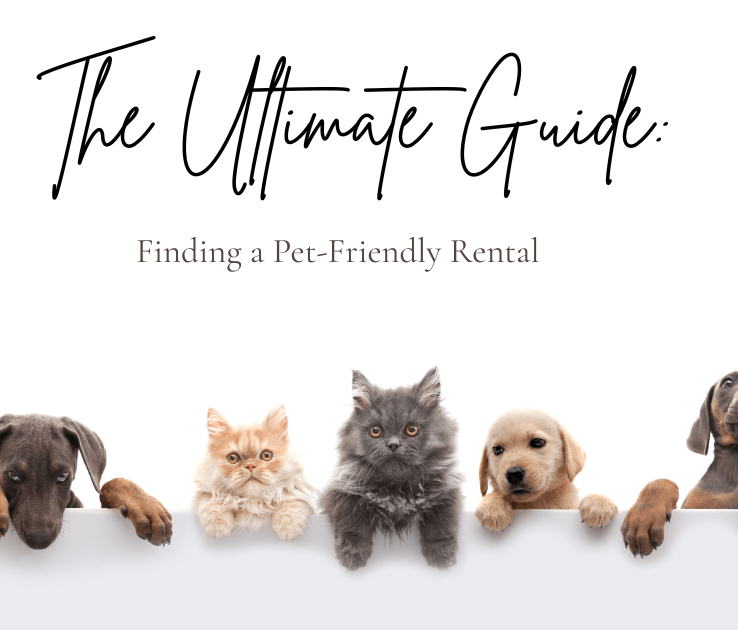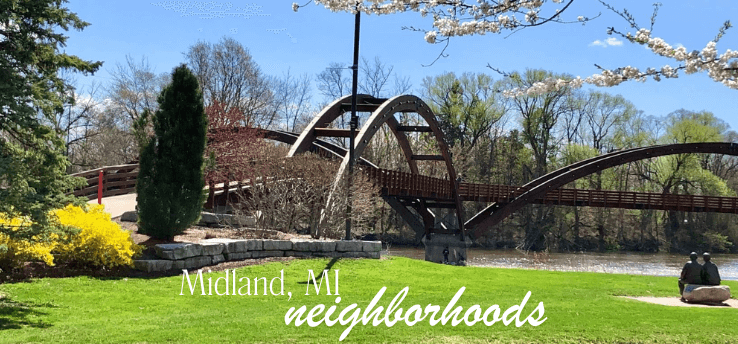Choosing the right rental is one of the most important decisions you’ll make as a tenant. The right place feels like home — the wrong one can quickly turn into a financial trap. With so many listings available, how do you know which property truly fits your needs? That’s why it’s essential to follow a clear rental property checklist before signing a lease.
In this guide, we’ll walk you through how to choose the right rental property by evaluating location, budget, amenities, lease terms, and more — so you can feel confident in your decision.
According to Zillow, nearly 40% of renters regret rushing into a lease without proper research. RentCafe also reports that the average renter tours 5–7 properties before choosing the right rental. With the right checklist, you can make a smart choice faster.

- 1. Location Matters Most
- 2. Stick to Your Budget (and the Real Cost of Renting)
- 3. Evaluate the Lease Terms Carefully
- 4. Amenities That Match Your Lifestyle
- 5. Inspect the Property Thoroughly
- 6. Understand the Landlord or Management Style
- 7. Consider Future Flexibility
- 8. Safety and Security Features
- 9. Parking and Transportation Options
- 10. Noise Levels and Privacy
- 11. Pet Policies
- 12. Condition of Appliances and Utilities
- 13. Storage Space and Layout
- 14. Rental Inclusions and Hidden Fees
- 15. Community and Neighborhood Vibe
- 16. Digital Connectivity (Bonus Factor)
- 17. Energy Efficiency and Climate Comfort (Bonus Factor)
- Rental Property Checklist: Quick Reference
- FAQs: How to Choose the Right Rental Property
- Final Thoughts
1. Location Matters Most
When it comes to choosing the right rental, location is everything. The perfect apartment in the wrong neighborhood can quickly become a burden.
- Check the commute time to work, school, or frequently visited places.
- Visit the neighborhood at different times of the day for safety and noise levels.
- Look for nearby grocery stores, healthcare, and public transit.
Tip: Use Google Maps to compare travel times during rush hour.
2. Stick to Your Budget (and the Real Cost of Renting)
One of the biggest mistakes renters make is falling in love with a property that stretches their budget. Experts recommend spending no more than 30% of your income on rent — but remember, rent is just the starting point.
Things to factor into your budget:
- Utilities (electricity, gas, water, internet, trash).
- Parking fees, HOA fees, or amenity charges.
- Renter’s insurance and move-in deposits.
- Annual rent increases (common in many cities).
A TransUnion survey found 84% of renters underestimate move-in costs by at least $500.
Example: A renter budgeted $1,200 for rent but ended up paying $1,450 after utilities, parking, and insurance.
👉 Looking for affordable rentals? Explore our budget-friendly homes and duplexes today.
Related: How to Budget for Renting
3. Evaluate the Lease Terms Carefully
Your lease is legally binding, so don’t skim it. Many renters regret not asking questions upfront.
Key lease terms to review:
- Length of lease (short-term, annual, or month-to-month).
- Rent increase policies and renewal conditions.
- Rules about pets, guests, or subletting.
- Who pays for maintenance and repairs.
Case Study: A tenant signed a lease with a “mandatory carpet cleaning fee” hidden in the fine print, costing $250 at move-out.
Always ask for clarification in writing if something is unclear.
Related: Tips for First-Time Renters
4. Amenities That Match Your Lifestyle
Not all amenities are worth the cost. Consider what truly fits your daily routine.
- In-unit laundry and reliable internet may matter more than a pool.
- Gyms, lounges, or rooftop decks sound great but add costs if unused.
- Outdoor space or pet areas are critical for families with kids or pets.
Tip: Don’t pay for features you’ll rarely use.
5. Inspect the Property Thoroughly
Before committing, always do a walkthrough. Use a rental property checklist to document everything.
- Check appliances, water pressure, and heating/cooling systems.
- Look for signs of pests, leaks, or mold.
- Test locks, windows, and smoke detectors.
Tip: Take timestamped photos so you’re not blamed for pre-existing damage.
Ready to tour? Schedule a walkthrough of our available properties today.
Related: 20 Common Mistakes Renters Make (And How to Avoid Them)
6. Understand the Landlord or Management Style
A beautiful property with a neglectful landlord is a nightmare.
- Research online reviews.
- Ask tenants about repair times.
- Pay attention to how quickly they respond to your inquiries.
Tip: A responsive landlord early on usually means a smoother renting experience later.
7. Consider Future Flexibility
Life happens — your lease should account for it.
- Ask about early termination fees.
- Check if month-to-month extensions are available.
- Ensure the space will fit your lifestyle for at least a year.
8. Safety and Security Features
Safety is non-negotiable. Beyond basics like locks, smoke alarms, and lighting, look deeper:
- Ask if the building has security cameras or controlled access.
- Walk the parking lot at night — is it well-lit?
- Confirm carbon monoxide detectors are installed (often overlooked).
According to SafeWise, 60% of renters say safety is the #1 factor when choosing housing.
9. Parking and Transportation Options
Parking headaches are often overlooked until it’s too late.
- Is parking included or extra?
- Is guest parking allowed?
- What public transit or bike lanes are nearby?
10. Noise Levels and Privacy
Noise can make or break a rental.
- Visit during evenings or weekends.
- Ask about quiet hours or noise rules.
- Upper floors or corner units typically mean fewer disruptions.
11. Pet Policies
Confirm what’s allowed — and at what cost.
- Pet deposits or monthly “pet rent.”
- Breed or size restrictions.
- Nearby pet-friendly spaces like parks.
12. Condition of Appliances and Utilities
Old appliances = high bills.
- Test stove, washer, dryer, and outlets.
- Ask about last maintenance dates for furnace and water heater.
13. Storage Space and Layout
A property can look large but lack usable storage.
- Count closets, cabinets, and attic/basement options.
- Make sure your furniture fits the layout.
Tip: Bring a tape measure to check room sizes.
14. Rental Inclusions and Hidden Fees
Ask what’s included — and what’s not.
- Utilities, Wi-Fi, and trash service.
- Fees for parking, HOA, or maintenance.
15. Community and Neighborhood Vibe
The surrounding community matters as much as the unit.
- Is it family-friendly, student-heavy, or professional-oriented?
- Are there parks, gyms, and restaurants nearby?
- Do you feel safe and comfortable there?
The U.S. Census Bureau found 65% of renters move within 2 years, often because they didn’t research the neighborhood enough.
16. Digital Connectivity (Bonus Factor)
Wi-Fi and cell service are essential in today’s world.
- Test cell reception inside the unit.
- Ask about internet providers and speed.
- Confirm if Wi-Fi is included in the rent.
17. Energy Efficiency and Climate Comfort (Bonus Factor)
Energy-efficient rentals save money long-term.
- Ask about insulation, windows, and energy ratings.
- Check heating/cooling bills from previous tenants.
- Look for eco-friendly appliances.
Rental Property Checklist: Quick Reference
Here’s a simplified checklist for choosing the right rental property:
- ✅ Location works for commute and lifestyle.
- ✅ Rent fits budget (including utilities).
- ✅ Lease terms are clear and fair.
- ✅ Amenities match your needs.
- ✅ Property passes inspection.
- ✅ Landlord/management is reliable.
- ✅ Flexibility for future changes.
- ✅ Safety features in place.
- ✅ Parking and transportation work for you.
- ✅ Pet policies fit your family.
- ✅ Appliances and systems are in good shape.
- ✅ Storage and layout suit your lifestyle.
- ✅ Community vibe feels right.
- ✅ Digital connectivity is reliable.
- ✅ Energy efficiency keeps costs manageable.
FAQs: How to Choose the Right Rental Property
What should I look for when choosing a rental property?
Focus on location, budget, lease terms, amenities, safety, and landlord reliability. Always use a rental property checklist to stay organized.
How do I know if a rental is safe?
Check locks, lighting, detectors, and security measures. Research crime maps for added peace of mind.
What are red flags when viewing a rental property?
Signs of pests, unclear lease terms, poor communication, or hidden fees are warning signs.
Should I rent based on location or price?
Both matter, but location usually affects lifestyle more. A slightly higher rent in the right neighborhood is often worth it.
How do I create a rental property checklist?
List essentials (budget, safety, storage, amenities), then add “nice-to-haves.” Check off each item during tours.
Apartment List found that 57% of renters wished they had compared more rental options before signing a lease.
Final Thoughts
Choosing the right rental is about more than finding a place that “looks good” online. By following this rental property checklist, you’ll avoid costly mistakes and find a home that fits your budget, lifestyle, and future needs.
Don’t settle for less than the perfect rental. Explore our available homes and duplexes today and secure the right property for your lifestyle — before it’s gone.
Related: How to Budget for Renting | Related: 20 Common Renter Mistakes | Related: Tips for First-Time Renters










